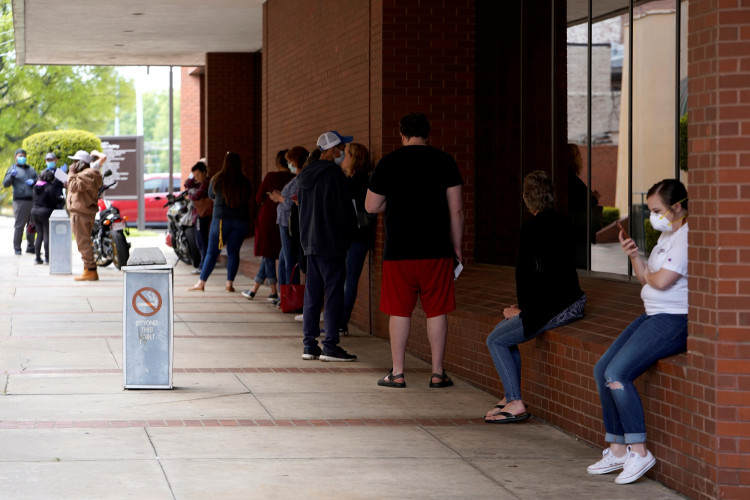It's now official. The United States fell into an economic recession in February but this one will likely be shorter-lived compared to the last recession from 2007 to 2009.
The official declaration the U.S. economy is now in a recession was made Tuesday by the National Bureau of Economic Research (NBER), the 100 year-old private nonprofit research organization well-known for setting the start and end dates of U.S. recessions.
NBER uses a broader definition of a recession than the commonly used one, which is two straight quarters of shrinking gross domestic product (GDP). NBER defines a recession as "a significant decline in economic activity spread across the economy, lasting more than a few months, normally visible in real GDP, real income, employment, industrial production, and wholesale-retail sales."
NBER says because a recession is a broad contraction of the economy, and isn't confined to one sector, it emphasizes economy-wide indicators of economic activity.
Business cycle dates are determined by NBER's Business Cycle Dating Committee under contract with the Department of Commerce. The committee believes domestic production and employment are the primary conceptual measures of economic activity.
It determined a peak in monthly U.S. economic activity occurred in February. It said this peak marks the end of the economic expansion that began in June 2009 and signaled the start of the ongoing recession.
The expansion lasted 128 months. This period was the longest in the history of U.S. business cycles dating back to 1854. The old record was the business expansion that lasted for 120 months, or from March 1991 to March 2001.
The committee also determined a peak in quarterly economic activity occurred in the fourth quarter of 2019. It pointed out the monthly peak in February 2020 occurred in a different quarter (Q1 2020) than the quarterly peak.
The committee determined these peak dates are in accord with its long-standing policy of identifying the months and quarters of peak activity separately. This practice doesn't require the monthly peak lie in the same quarter as the quarterly peak.
In dating the quarterly peak, the committee relies on real GDP and real Gross Domestic Income (GDI), or the total income received by all sectors of an economy, as published by the Bureau of Economic Analysis (BEA). It also relies on quarterly averages of key monthly indicators. The committee noted quarterly real GDP and real GDI peaked in the fourth quarter of 2019.
The committee emphasized the "unprecedented magnitude of the decline in employment and production, and its broad reach across the entire economy." It did, however, say the ongoing recession might be short-lived.
A sign the recession might be easing is the 2.5 million jobs created in May. The economy lost more than 22 million in March and April. Economists expect GDP to begin growing again in the third quarter.






